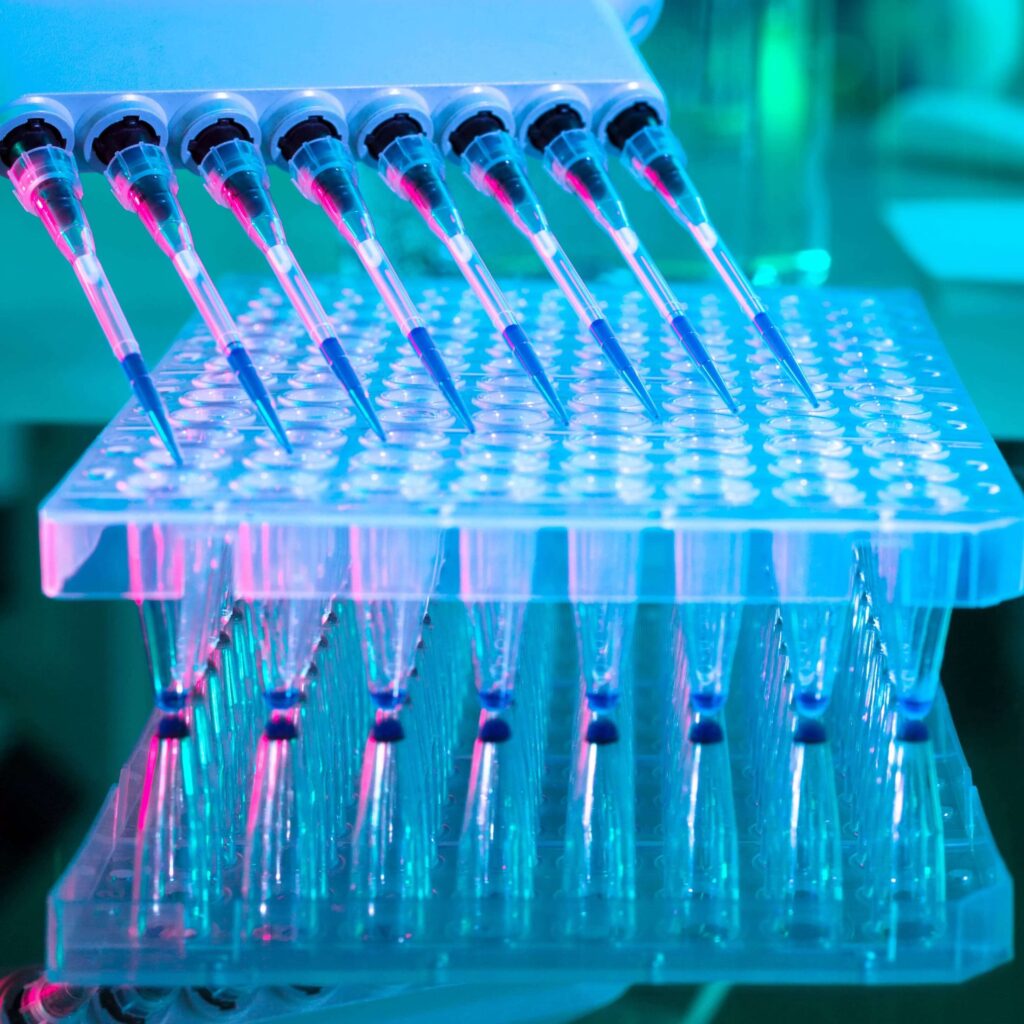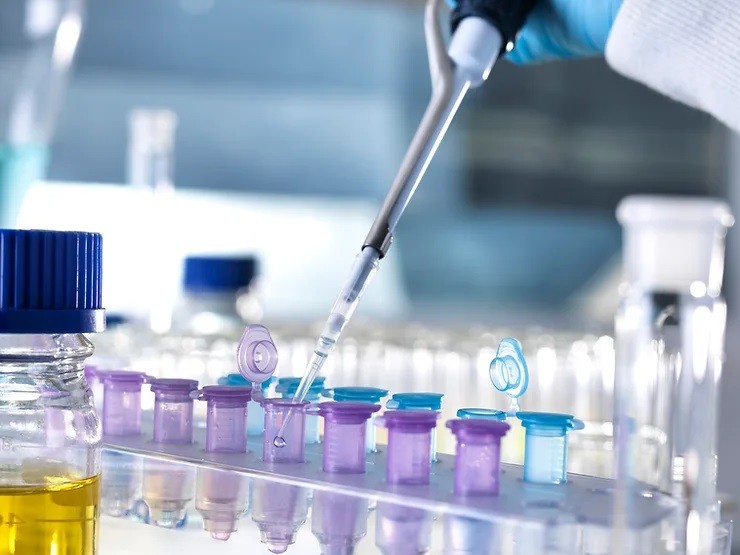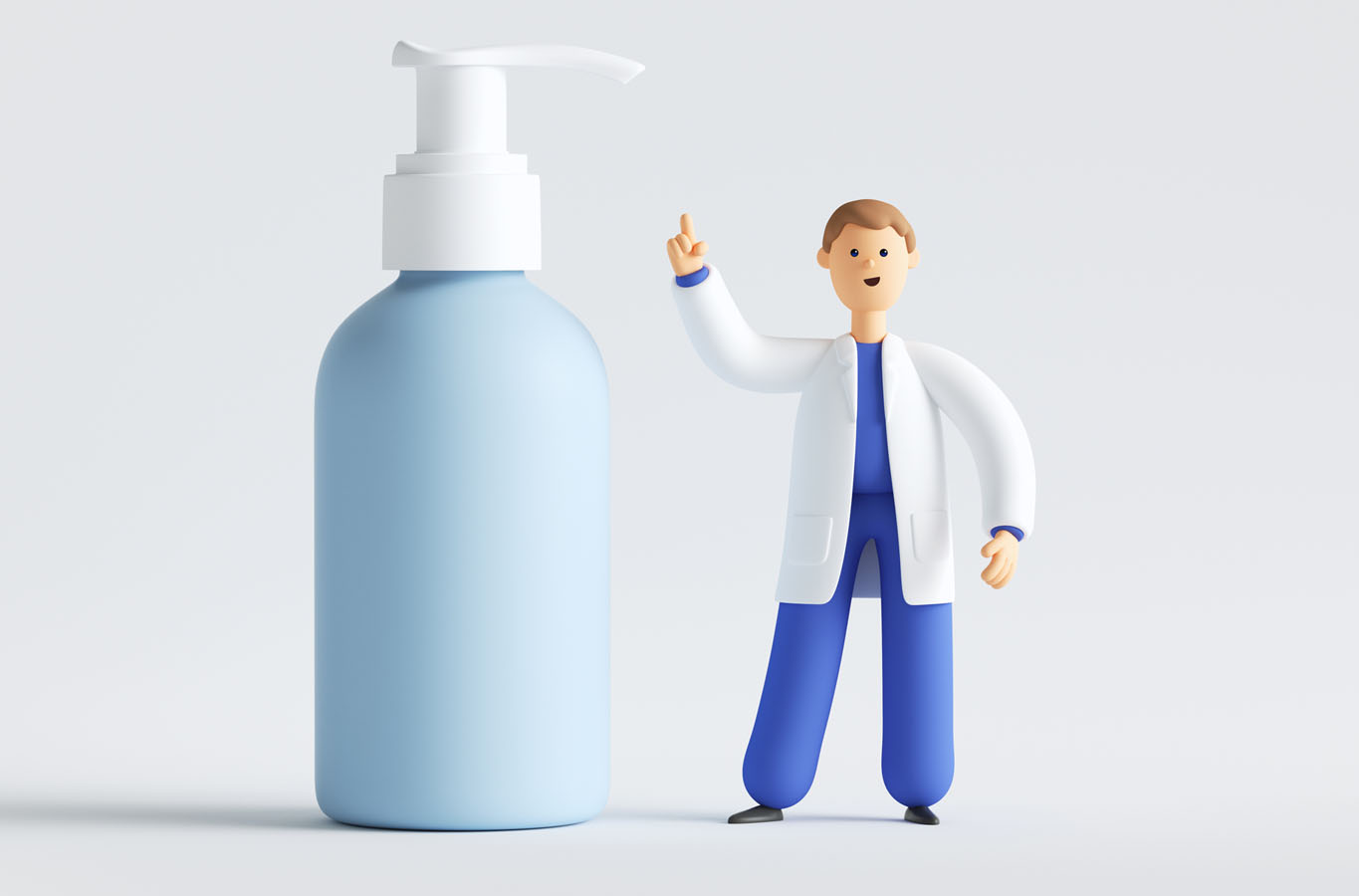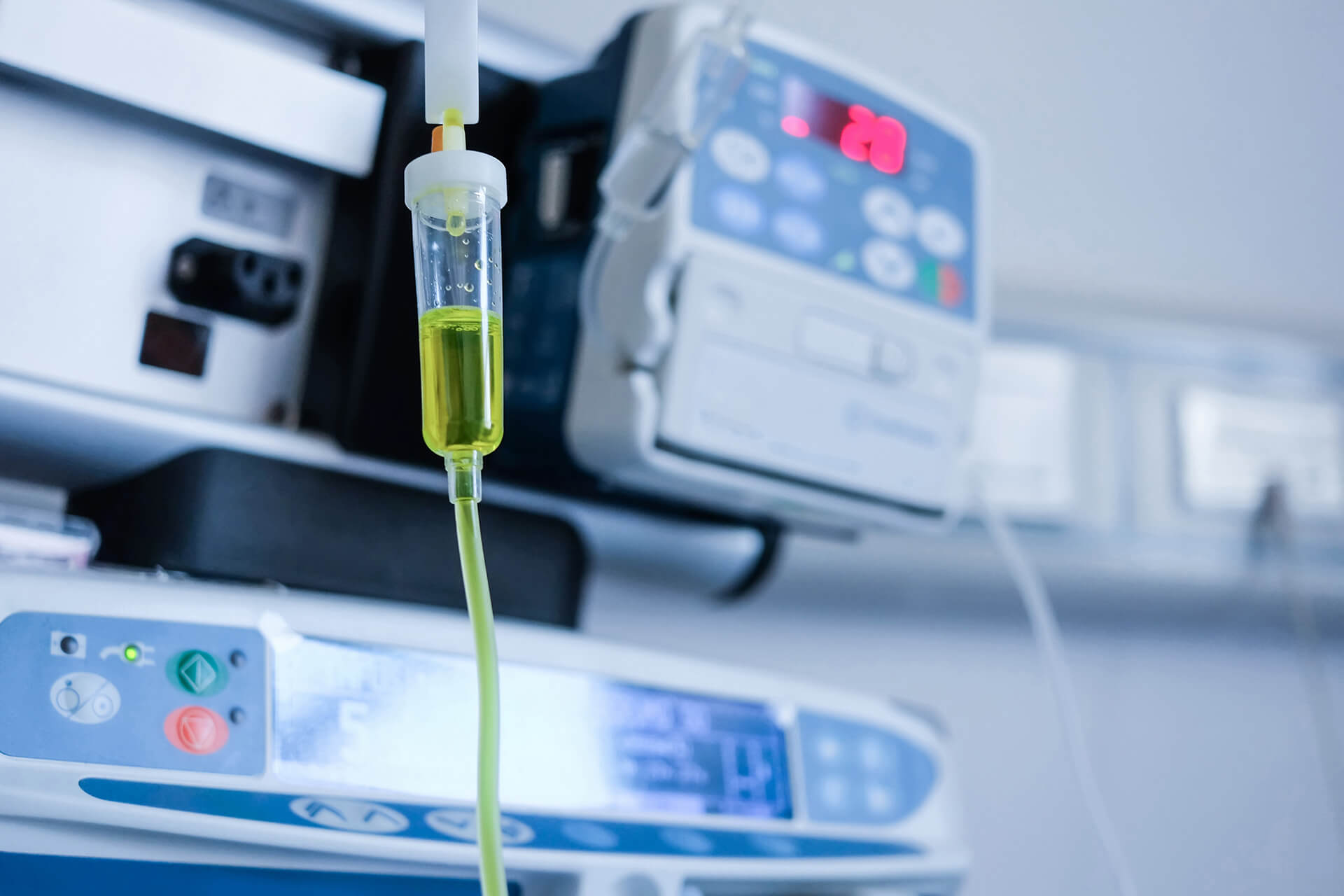
Stability testing studies are performed to evaluate biopharmaceutical products under various environmental conditions over a specific timeframe. The results determine recommended storage and shipment conditions for drug substances and products, and determine the appropriate shelf life or retest period.
WHAT IS A STABILITY STUDY?
There are two main types of stability tests: accelerated and real-time (Figure 1). Accelerated testing is performed under increased stress by changing factors such as light, heat, and/or humidity. These conditions exacerbate the aging process to simulate long-term storage, providing a predictive view of what can be expected from real-time stability studies, which run concurrently.
REAL TIME AND ACCELERATED STABILITY TESTING
Shelf life is commonly estimated using results from both real-time stability and accelerated stability tests. In real-time stability testing, a product is stored at recommended storage conditions and monitored until it fails product specifications. In accelerated stability testing, a product is stored at elevated stress conditions (e.g., high temperatures and/or humidity). Degradation at the recommended storage conditions can then be predicted using known relationships between the acceleration factor and the degradation rate.

WHAT IS STABILITY TESTING?
Stability testing is the process of observing products over predetermined lengths of time in specific environmental conditions to determine if there is any change in the quality. When manufacturing FDA-regulated products, there are numerous factors that must be tested before the product is approved and released to the public for consumption. Manufacturers must take great care to observe the influence of various environmental factors such as light, temperature, and humidity on their product

WHAT IS LONG TERM STABILITY TESTING?
Long term, or real time, stability testing programs subject products to recommended storage conditions and normally utilize a longer monitoring period for degradation to establish product shelf-life. This long term stability testing procedure differs in comparison to accelerated shelf-life testing, which instead exposes products to elevated storage environments. The drug product is monitored under specified storage conditions until it no longer exhibits the expected quality standards. Long term stability testing typically lasts a minimum of 12 months, but may extend beyond that.
WHY WOULD YOU NEED LONG TERM STABILITY TESTING FOR DRUG SUBSTANCES?
Long term stability testing is essential for determining the shelf life and storage periods of products under their expected environmental conditions. It provides manufactures and consumers insight as to when products will stop performing as intended. Even if the stability properties of an API are thought to be fully understood, long term stability testing may be utilized if there is a change in packaging or the formulation of the product has been altered.







